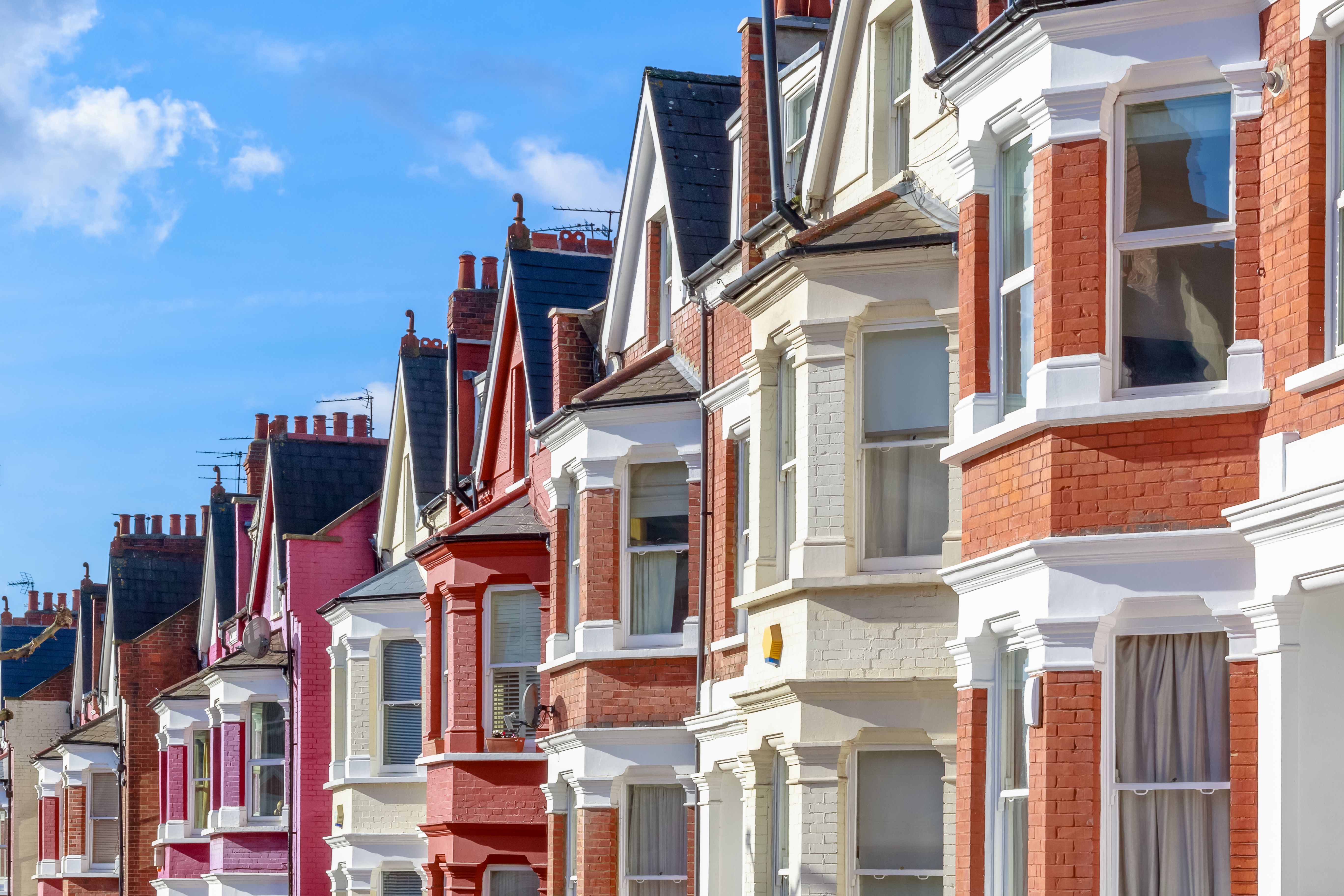
Total stamp duty transactions increased by 4% in the fourth quarter of the year compared to the prior quarter, HM Revenue & Customs reveals.
The rise in transactions follows rises in the previous two quarters and is 7% higher than in the last quarter of 2021.
Residential property transactions in Q4 were 4% higher than the prior quarter and 8% higher than in Q4 2021 while non-residential property transactions in Q4 were 5% higher than in Q3 and 6% lower than in Q4 2021.
HMRC says the number of transactions has returned to pre-Covid 19 levels.
Total stamp duty receipts in Q4 were 10% lower than in Q3, while total stamp duty receipts in the last quarter were 5% lower than in Q4 2021.
HMRC says this fall coincides with the increase in the nil rate threshold and first-time buyers’ relief threshold announced in September last year.
Residential property receipts in Q4 2022 were 12% lower than in Q3, and 4% higher than in Q4 2021 while non-residential property receipts in the last quarter of 2022 were 2% lower than in Q3 and 26% lower than Q4 2021.
Hargreaves Lansdown head of retirement analysis Helen Morrissey says: “Stamp duty is likely to look decidedly more downtrodden in the coming months.”
“This data covers transactions likely agreed in the late summer/early Autumn, so they won’t demonstrate the full impact of the mini-Budget which sent many would-be buyers running for the hills as lenders pulled deals from the market at the very last minute.”
“As a result, receipts for stamp duty for residential properties were still higher than in the same period the previous year as were the number of transactions. It depicts a very different market to the one we are facing now just a few short months later.”
“Make no mistake the property market is slowing down. In the intervening months annual house price increases have slowed and the number of transactions is coming down.”
“Soaring bills and the looming prospect of recession mean many people need to shelve their home-buying dreams for now.”
“The number of transactions liable for higher rates of stamp duty including buy-to-lets and second homes has already come down significantly in a sign of people’s nervousness about the direction of the market and we will see this seep into the wider residential figures in the coming months.”



